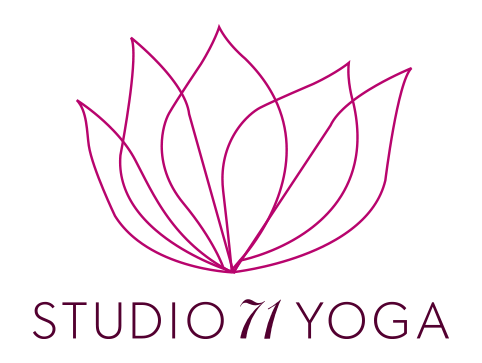I attended a special workshop at my favourite yoga studio many years ago. I hadn’t met the teacher before but warmed to her immediately. She was welcoming, calm, and knowledgeable. There were yoga mats, props and accessories all beautifully set up. As we entered the practice room, we were invited to choose our little “nest” and settle in for some “sleepy time” yoga. It was a Sunday afternoon, and I was there for much-needed rest and relaxation.
The workshop intended to evoke kindness and ease—to develop a deep sense of ok-ness within ourselves. During the two-hour session, that intention manifested as I became a bigger container for all that I was, as I resigned to whom I was within myself, letting go of stubborn resistance so I could just be myself.
As you may have guessed, this was Restorative Yoga, a type of yoga that aims to relax the body and the mind.
As my teacher Judith Hanson Lasater has taught thousands of students:
“Restorative Yoga involves the use of props to support the body in positions of ease and comfort to facilitate relaxation and health.”
It’s not “therapeutic yoga,” but it has therapeutic benefits.
Each pose invites you to relax into the shape of the pose without exerting any physical effort to stay there.
You receive the pose rather than do the pose.
It’s about being rather than doing.
It’s not yin yoga, a quiet practice that involves active deep stretching, where you’re invited to marinate in a pose while experiencing and transcending comfortable discomfort.
Instead, restorative yoga is a practice that is sensation neutral.
In today's ultra-connected and fast-paced world, restorative yoga offers a way to relax, restore, and rejuvenate. Here are some of the benefits of practicing restorative yoga:
Reduces stress and anxiety: One of the main benefits of restorative yoga is its ability to reduce stress and anxiety. The slow, supported, passive poses allow the body to switch from the sympathetic nervous system (fight or flight) to the parasympathetic nervous system (rest and digest). This shift helps to calm the mind and reduce stress levels.
Improves sleep: Many people experience sleep disturbances due to stress and anxiety. Practicing restorative yoga at any time of the day, particularly just before bed, can promote relaxation and help you fall asleep faster. Restorative yoga can also improve sleep quality, allowing you to feel refreshed and energized in the morning.
Increases flexibility: Restorative yoga poses are gentle and passive, so they require little, if any, effort. This makes them an excellent way to increase flexibility without risking injury. The muscles can gradually release and stretch by staying in supported poses for long periods.
Boosts the immune system: Restorative yoga can boost the immune system by reducing stress hormones and promoting relaxation. When the body is relaxed, it can focus on healing and repairing itself. This can help to prevent illness and reduce the severity of existing conditions.
Helps manage chronic pain: Restorative yoga can help heal chronic pain by promoting mindfulness, decreasing the stress response and directing the body’s energy to growth, repair, immune function, digestion, and other self-nurturing processes.
In summary, restorative yoga is an excellent way to unwind, reduce stress, improve sleep, increase flexibility, boost the immune system, promote mindfulness, and manage chronic pain. Consider incorporating restorative yoga into your routine if you're stressed or overwhelmed. After just a few sessions, you'll be amazed at how much better you feel.
I’m offering an in-person restorative yoga workshop on March 26, which I think you might enjoy. After the anxiety and strains of a busy week, this is the perfect way to unwind in a welcoming, calm, and intimate setting. There’s only room for six participants. Click on the button below to register.
With joy and gratitude,
Jeannine
P.S. By the way, on March 26th, this is an IN-PERSON event. The first one in over three years. Can you believe it? Please join me if you can. And if you liked this post from Studio 71 Yoga, please share it. I’d be very grateful.









